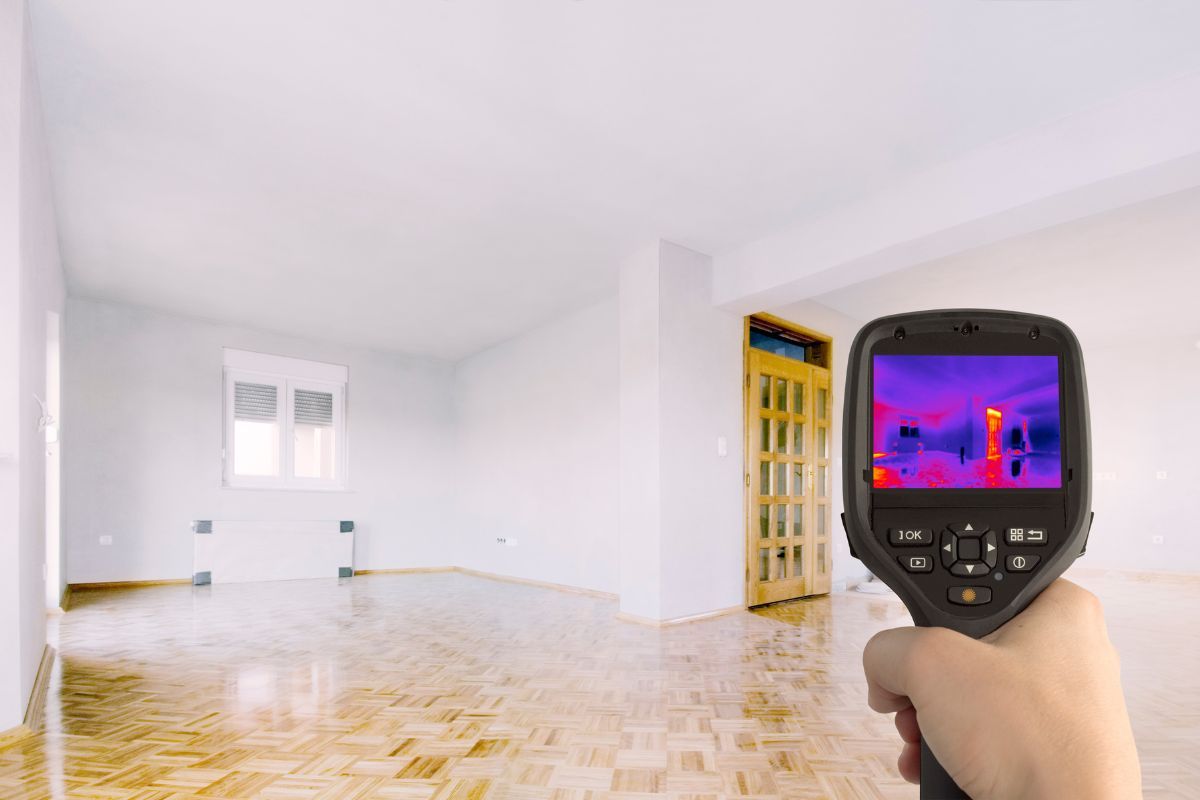Home Insulation for Extreme Climates: What You Need to Know
In extreme climates, achieving indoor comfort hinges on optimal insulation. This guide highlights the pivotal role of home insulation in severe weather.

Living in an area with extreme climates can be challenging, particularly when it comes to maintaining comfortable indoor temperatures. Proper insulation is essential for maintaining a cozy and energy-efficient living space. In this article, we will explore the significance of home insulation in extreme climates and discuss key considerations and practical strategies to keep your home comfortable, regardless of the weather outside.
Understanding the Impact of Extreme Climates
Extreme climates, whether scorching hot or bitterly cold, can take a toll on your home's interior environment. In arid regions with hot summers, heat can seep into the house, causing unbearable indoor temperatures and increasing the load on air conditioning systems. On the other hand, frigid climates can lead to significant heat loss, skyrocketing heating bills, and cold drafts that make your home uncomfortable.
The Role of Home Insulation
Insulation acts as a thermal barrier, regulating the indoor temperature and reducing heat transfer between the interior and exterior environments. In extreme climates, insulation plays a critical role in preventing heat gain in summers and heat loss in winters. Not only does this improve indoor comfort, but it also helps reduce energy consumption and lower utility bills.
Key Considerations for Insulation in Extreme Climates
1. R-Value
R-value is a measure of insulation's thermal resistance. In extreme climates, a higher R-value is needed to provide better insulation. Research the recommended R-values for your specific climate zone and focus on insulating areas like the attic, walls, and floors.
2. Insulation Types
Different insulation materials offer varying levels of effectiveness. Common types include fiberglass, cellulose, foam, and mineral wool. Consider factors like moisture resistance, fire safety, and eco-friendliness when selecting insulation for your home.
3. Air Sealing
Proper air sealing is crucial in extreme climates to prevent drafts and maintain a consistent indoor temperature. Inspect and seal any gaps, cracks, or openings in your home's exterior to prevent air leakage.
4. Vapor Barriers
In cold climates, vapor barriers can prevent moisture from entering your walls and causing damage. However, in hot and humid regions, improper use of vapor barriers can trap moisture, leading to mold growth. Consult with insulation experts to determine if and where vapor barriers are necessary for your climate.
Effective Insulation Strategies for Extreme Climates
1. Attic Insulation
The attic is one of the primary areas where heat exchange occurs. Insulating the attic floor and sealing any air leaks will prevent heat from escaping in winter and keep the hot air out during summer.
2. Wall Insulation
Properly insulating exterior walls can significantly reduce heat transfer. Consider adding insulation within wall cavities or using exterior insulation techniques depending on your climate.
3. Window Insulation
Windows are another source of significant heat gain or loss. Upgrade to energy-efficient windows with double or triple glazing and low-emissivity coatings to enhance insulation properties.
4. Basement and Crawl Space Insulation
Basements and crawl spaces can become a significant source of heat loss in extreme climates. Insulating these areas can help regulate indoor temperatures and protect against moisture infiltration.
5. Roof Insulation
Consider using reflective roof coatings or materials in regions with hot summers to reduce heat absorption and keep your home cooler. Examples are white elastomeric coatings, cool roof shingles, and metal roofing panels.Home insulation is vital to maintaining a comfortable and energy-efficient living space in extreme climates.
Proper insulation by trusted professionals like iFOAM helps regulate indoor temperatures, reduce energy consumption, and lower utility bills. By implementing effective insulation strategies, you can create a resilient and comfortable home environment, irrespective of the weather conditions outside. For the best results, consult insulation experts who can recommend solutions tailored to your specific climate zone and housing structure. Good Luck with your insulation project!




Comments ()